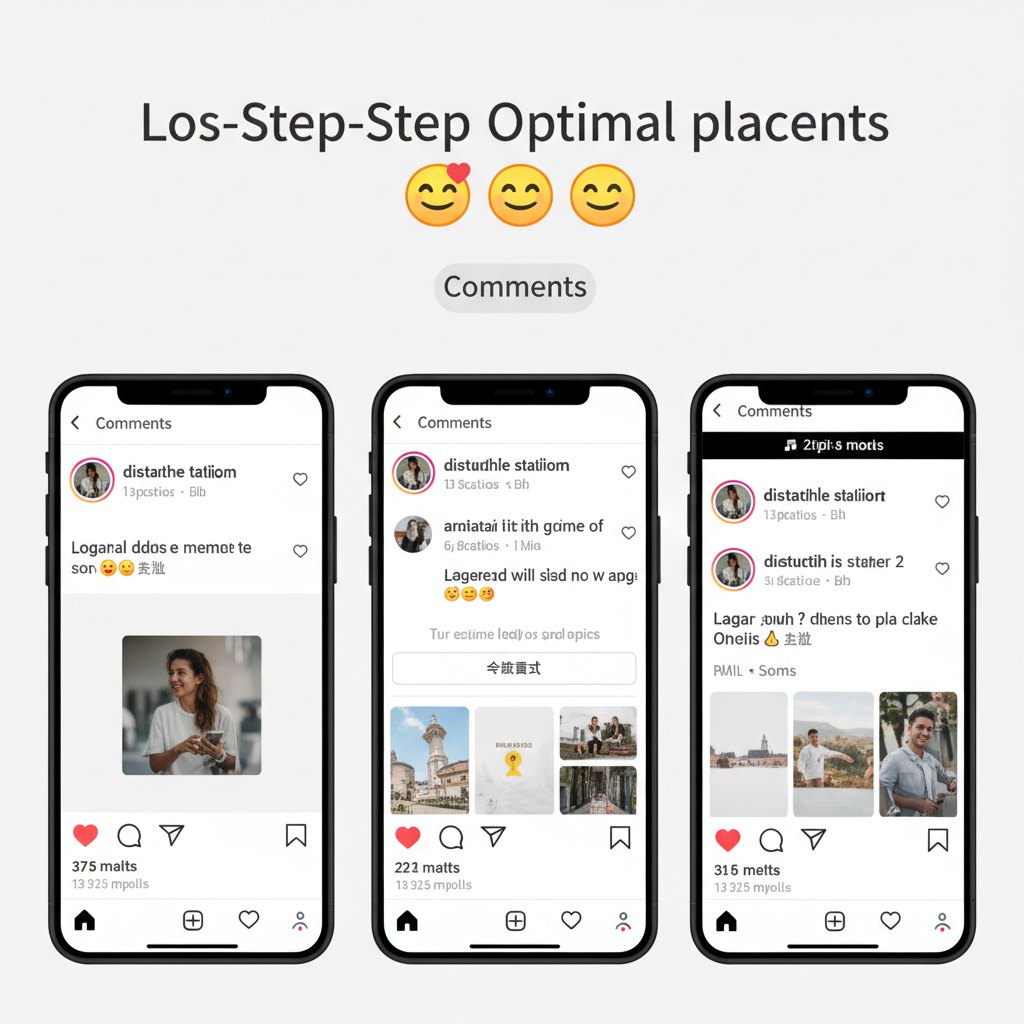Emojis for Social Media: Best Practices for Engagement
Learn how to use emojis strategically across social media platforms, aligning with brand voice, boosting engagement, and avoiding cultural missteps.

Mastering the Psychology and Strategy of Emojis for Social Media Engagement
Emojis for social media have transformed from playful decorations into powerful communication tools that shape how audiences perceive your brand. In the fast-scrolling world of digital content, emojis can instantly convey emotion, tone, and intent—helping bridge the gap between plain text and human connection. This guide explores the psychology behind emoji use, platform-specific strategies, cultural nuances, and data-driven methods to maximize their impact on engagement and click-through rates.

---
Understanding the Psychology of Emojis in Online Communication
Emojis have evolved into a visual language that strengthens emotional resonance in digital conversations. They help make messages warmer, funnier, or more emphatic, especially in competitive social media feeds.
Psychological insights show that emojis:
- Amplify positive emotions (😊 can make a message friendlier)
- Act as quick visual cues for meaning
- Increase memorability by adding color and symbolic imagery
An emoji also serves as a cognitive shortcut—helping users understand sentiment without reading every word—often resulting in faster reactions and higher engagement rates.
---
Choosing Emojis That Align With Your Brand Voice and Audience
Selecting the right emoji is critical. Misaligned use can dilute your brand identity and even confuse audiences.
How to Match Emojis to Brand Voice:
- Identify Your Brand Personality
- Professional, fun, youthful, luxurious?
- Research Audience Demographics
- Younger audiences often prefer trend-driven emojis; professionals expect restrained usage.
- Apply Tone-Matched Emojis
- Playful food brand: 🍕🥳
- High-end fashion: ✨💎
Strategic emoji use ensures that every icon resonates culturally and contextually, enhancing your message rather than distracting from it.
---
Best Practices for Emojis on Different Social Media Platforms
Platform norms dictate how emojis are perceived and rendered.

| Platform | Emoji Culture | Best Practice |
|---|---|---|
| Highly visual, emojis used liberally | Integrate emojis in captions and bios to grab attention | |
| Twitter/X | Concise, witty tone | Limit to 1–3 emojis per tweet for clarity |
| Professional, conservative use | Use sparingly to maintain professionalism | |
| TikTok | Playful, youth-centric trends | Use in challenges and humorous content |
| Diverse demographic | Complement text with emojis in ads, comments, and events |
---
Optimizing Emoji Count in Captions, Comments, and Bios
Finding a balanced emoji count improves readability while maintaining engagement.
- Captions: 1–5 emojis are optimal; excess can overwhelm.
- Comments: Up to 7 emojis can work, especially for quick emotional reactions (😂🔥👏).
- Bios: 2–4 emojis emphasize key traits without overcrowding the profile.
Balance is key—visual interest without message dilution.
---
Enhancing CTAs and Click-Through Rates With Emojis
Emojis can act as visual anchors that guide users toward a desired action.
CTA Examples Featuring Emojis:
- Shop Now 👉
- Learn More 🔍
- Join Today 🚀
Studies show well-placed emojis can boost click-through rates by up to 20%, making them an effective tool for conversion-driven social media marketing.
---
Considering Cultural Nuances to Avoid Emoji Misinterpretation
Emoji meanings vary globally:
- ✌️ = “Peace” in some regions; offensive if rotated in others.
- 🙏 = “Prayer” in many cultures; “Thank you” in Japan.
For global campaigns, research regional interpretations to prevent miscommunication. Avoid insider or niche references for non-native audiences.
---
Tracking and Measuring Emoji Performance on Social Media
Emoji use should be backed by analytics to confirm its effectiveness.
Key metrics to monitor:
- Likes/Reactions
- Comment Volume
- Shares/Retweets
- CTR (Click-through Rate)
- Time spent on post/page
Compare engagement between emoji-rich and emoji-free content for actionable insights.
---
Running A/B Tests for Data-Driven Emoji Strategy
A/B testing helps reveal whether emojis boost engagement or not.
Step-by-Step:
- Select similar posts.
- Create Version A with emojis.
- Create Version B without emojis.
- Post at identical times.
- Compare performance metrics.
Repeat across campaigns for statistically reliable results.
---
Strategic Placement of Emojis in Captions
Placement can influence visibility and emphasis.
- Beginning: Immediate eye-catch (⚡ Big Sale!)
- Middle: Breaks up text, flows naturally within sentences.
- End: Fun “sign-off” to reinforce mood (Thanks for joining 🎉)
Test different placements to find what your audience responds to best.

---
Staying Current: Tools for Trending Emojis
Relevant, timely emoji use maintains brand freshness.
Tools:
- Emojipedia – Meanings and updates
- Unicode Consortium – Official announcements
- Gboard/Mobile Keyboards – Trending sections
- Social Media Trend Reports – Platform-based popularity
Trending emoji integration can tap into ongoing viral moments.
---
Conclusion
Emojis for social media aren’t just decoration—they’re strategic assets that can boost engagement, amplify your brand voice, and guide user actions. Success lies in aligning emoji choices with audience preferences, respecting platform norms, considering cultural differences, and measuring results. By combining creativity with analytics, you can elevate your digital presence and connect more authentically.
Ready to upgrade your social posts? Apply these tactics and let emojis work as your brand’s micro-messaging superpower.



